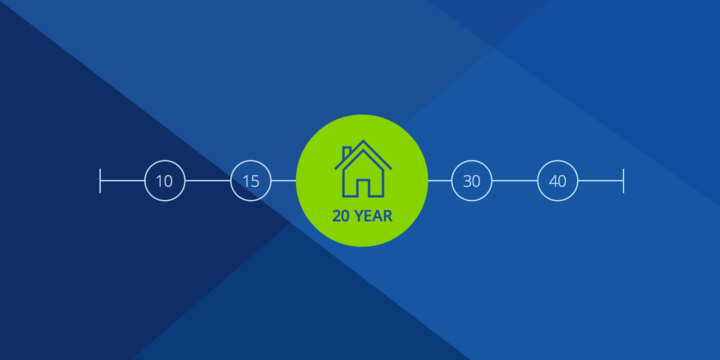Subprime Mortgages
Subprime loans are mortgage loans that do not meet the borrower credit requirements of Fannie Mae and Freddie Mac. Learn more about this type of loan and risks associated with them.

Written by David Weidner on August 5, 2015
In this article:
What is a subprime loan?
A subprime mortgage is a type of loan offered to borrowers with poor credit scores. Typically these are individuals with credit scores lower than a 600 and cannot qualify for a conventional loan. This may also include borrowers with derogatory or adverse credit histories. There really isn’t a benchmark anymore for what constitutes a subprime loan. Today, you'll more often encounter 'non-qualifying mortgages' or non-QM loans, which are home loans that do not comply with the Qualified Mortgage rule.
Borrower Classifications
A borrower with an outstanding record of repayment on time and in full will get what is called an A-paper loan, which generally means borrowers who have:
- Good credit
- Can document their income
- Their debt-to-income ratio does not exceed 35%
- They can make a 20% down payment
Borrowers with less-than-perfect credit scores are marked by classifications including A-minus, B-paper, C-paper or D-paper loan. These classifications are given to mark the level of credit risk. The higher the level of risk, the higher the interest rate for the loan.
Alt-A is another classification, traditionally defined as loans lacking full documentation, or having a higher LTV or DTI. These loans are offered to borrowers that may have recently filed for bankruptcy, foreclosure, or have had late payments on their credit reports. Their purpose is to offer temporary financing to these applicant, and help them rebuild their credit, until they can qualify for conforming 'A' financing.
The interest rates and programs vary, based upon many factors of the borrower's financial situation and credit history. These loans are substantially more expensive than any other type of mortgage loan.
Risks Associated with Subprime Loans
While subprime mortgages allow people with poor credit a chance to get into a market previously unavailable to them with standard home loans, there are several risks associated with them. The first downside of subprime loans is that these loans are more likely to go into default, meaning that the borrower will likely fail to make payments on the loan.
The large number of foreclosures from subprime mortgages has had a drastic impact on the U.S. housing bust and overall economy. Lenders were also hit hard, with some going under completely.
Another negative aspect of the subprime market is the rise in accusations that lenders target minorities -- a practice known as predatory lending. These lenders prey upon the inexperience of the borrower in many ways. They may overvalue your property, overstate your income or even lie about your credit score in order to set sky-high interest rates.
They also encourage frequent refinancing to get a 'better' rate, and then roll the high closing costs into the loan. Fortunately, these practices have been all but eliminated with the passing of the Dodd-Frank Wall Street Reform and Consumer Protection Act of 2008. Today, subprime mortgage lending is more geared toward helping borrowers who are creditworthy but were adversely impacted by the mortgage crisis.
How much home can you afford?
At Zillow Home Loans, we can pre-qualify you in as little as 5 minutes, with no impact to your credit score.
Zillow Home Loans, NMLS # 10287. Equal Housing Lender
Get pre-qualifiedHow much home can you afford?
See what's in reach with low down payment options, no hidden fees and step-by-step guidance from us at
Zillow Home Loans.
Zillow Home Loans, NMLS # 10287. Equal Housing Lender
Calculate your BuyAbility℠
Related Articles
Get a mortgage with Zillow Home Loans
Go from dreaming to owning with low down payment options, competitive rates and no hidden fees. A dedicated loan officer will guide you until you have your keys in hand.

Zillow Home Loans, NMLS #10287. Equal Housing Lender.



